The full moon has been endowed with deep symbolic significance over the centuries and across civilizations. It has provoked lore, rituals, poetry, and festivities. Many cultures mark the full moon with festivals that honor nature, harvest, spirituality, and community. These Full Moon Festivals are more than just social gatherings beneath the night sky they’re windows into the soul of societies, revealing their values, beliefs, and practices. Here’s a journey through some of the most vibrant full moon festivals around the world.
1. Loi Krathong & Yi Peng – Thailand

- When: Usually in November (12th lunar month)
- Where: All over the country, but especially stunning in Chiang Mai
Loi Krathong is one of the most mystical Thai festivals. On the night of the full moon of the 12th Thai lunar month, people float small floats constructed from banana leaves (krathongs) on rivers, canals, or ponds to pay respects to the water goddess and let go of bad fortune.
In northern Thailand, particularly Chiang Mai, the festival overlaps with Yi Peng, where thousands of paper lanterns (khom loi) are let loose in the night sky. The lit lanterns signify letting go of evil acts and making a wish for the future. The sight of thousands of lanterns taking flight beneath the full moon is nothing short of enchanting.
2. Esala Perahera – Sri Lanka
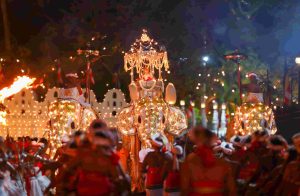
- When: July or August (full moon of Esala month)
- Where: Kandy
The Esala Perahera, or Festival of the Tooth, is a spectacular Buddhist festival in Sri Lanka, honoring the Buddha’s Sacred Tooth Relic. It is held during the Esala full moon and features 10 nights of pageants, with elegantly decorated elephants, traditional drummers, fire dancers, and monks parading through the streets.
The event is a mix of spirituality, cultural pride, and history, with the full moon symbolizing enlightenment and the Buddha’s teachings.
3. Tshechu – Bhutan
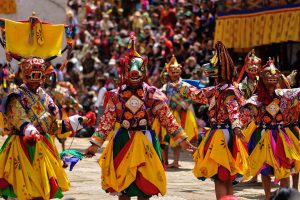
- When: Varies, typically full moons
- Where: All major districts, especially Paro and Thimphu
Bhutan’s tshechus are religious festivals that occur on auspicious days, typically the full moon. They celebrate the deeds of Guru Rinpoche, the spiritual master who introduced Buddhism to Bhutan.
Participants dress in their finest attire, and monks and laymen perform sacred Cham dances in colorful masks and costumes. It is believed that the full moon enhances the spiritual efficacy of the rites, which are both devotional practices and social celebrations.
4. Holi Purnima – India

- When: March (full moon of Phalguna month)
- Where: Nationwide
Holi, the festival of colors, is celebrated on the eve of Holi Purnima (full moon night). Although Holi is popularly celebrated for the play of colors the next day, the night before is celebrated with Holika Dahan, in which bonfires are burnt to mark the victory of good over evil.
In religiously significant towns like Mathura and Vrindavan, Holi Purnima is celebrated with religious music, prayers, and reenactments of Lord Krishna’s life amidst the full moon’s glow.
5. Full Moon Party – Thailand (Koh Phangan)
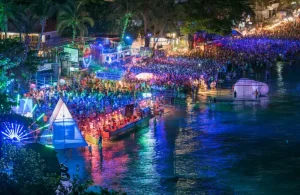
- When: Every full moon
- Where: Haad Rin Beach, Koh Phangan
What started in the 1980s as a casual beach party has evolved into one of the world’s most famous full moon parties. Koh Phangan’s Full Moon Party draws thousands of party people every month who flock to dance, party, and adorn their bodies with UV paintings under the sparkling moon.
While it is of little religious significance, it reflects the common culture of partying nightlife and nature under the shining full moon.
6. Vesak – Southeast Asia
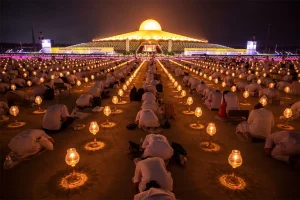
- When: May (full moon of Vesakha month)
- Where: Sri Lanka, Nepal, Thailand, Malaysia, Indonesia
Vesak, or Buddha Purnima, commemorates the birth, enlightenment, and death of the Buddha, all of which are supposed to have occurred on the same full moon day. Devotees throng temples for chanting, meditation, almsgiving, and releasing captive birds or fish as acts of mercy. The festival is a subdued and profound celebration marked by lighting displays and processions under the full moon.
7. Mid-Autumn Festival – China & East Asia

- When: September or October (15th day of the 8th lunar month)
- Where: China, Vietnam, Korea, Taiwan, Malaysia
Also known as the Moon Festival, it is one of the most important Chinese celebrations. Families reunite, watch the full moon, and eat mooncakes, which symbolize unity and prosperity. The moon is a symbol of renewal, femininity, and immortality. Lantern parades, lion dances, and storytelling are typical, making this a family holiday with deep mythological roots, like the legend of Chang’e, the moon goddess.
8. Guru Purnima – India & Nepal
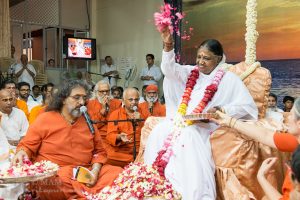
- When: July (Ashadha month full moon)
- Where: India, Nepal
Guru Purnima celebrates teachers spiritual and academic. Founded on Hindu, Buddhist, and Jain traditions, the festival honors the relationship between guru (teacher) and disciple.
Spiritual seekers pay obeisance to their gurus by prayer, meditation, and recitals. The full moon represents wisdom and enlightenment, lighting the seeker’s way.
9. Hoi An Lantern Festival – Vietnam

- When: Every full moon
- Where: Hoi An Ancient Town
Each full moon night, the ancient town of Hoi An turns off its electric lights and transforms into a dazzling lantern paradise. Locals and tourists release paper lanterns onto the Thu Bon River and light candles in and around temples.
This monthly festival celebrates ancestors and ancient Vietnamese traditions. It provides a serene, spiritual atmosphere that evokes the old-world beauty of Vietnam in the moonlight.
10. Poya Days – Sri Lanka
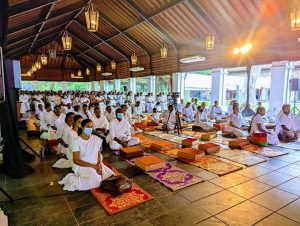
- When: Every full moon
- Where: Throughout the country
In Sri Lanka, Poya Days are monthly full moon public holidays with religious importance, especially for Buddhists. During these days, individuals go to temples, give alms, meditate, and abstain from meat and alcohol.
Every Poya commemorates an important event in Buddhist history. For example, Vesak Poya commemorates the birth of the Buddha, and Poson Poya marks the introduction of Buddhism to Sri Lanka.
Why Full Moons Are Spiritually Significant
In many traditions, the full moon is seen as a time of heightened energy, clarity, and transmutation. It is the peak of the lunar cycle a moment of fulfillment before the cycle begins to wane. This makes it an appropriate time for self-reflection, gratitude, and letting go.
Whether it’s releasing floating lanterns in Chiang Mai or eating mooncakes in Shanghai, full moon festivals reflect the shared human desire to be connected with nature, with each other, and with the divine.
From temple religious rites to rowdy beach parties, full moon festivities mirror all the different ways humanity has understood and celebrated the energy of the moon. Each ritual religious, cultural, or social offers another prism through which we understand light, dark, and everything in between.
The next time you see a full moon come up, just remember it’s lighting up a party somewhere on Earth.


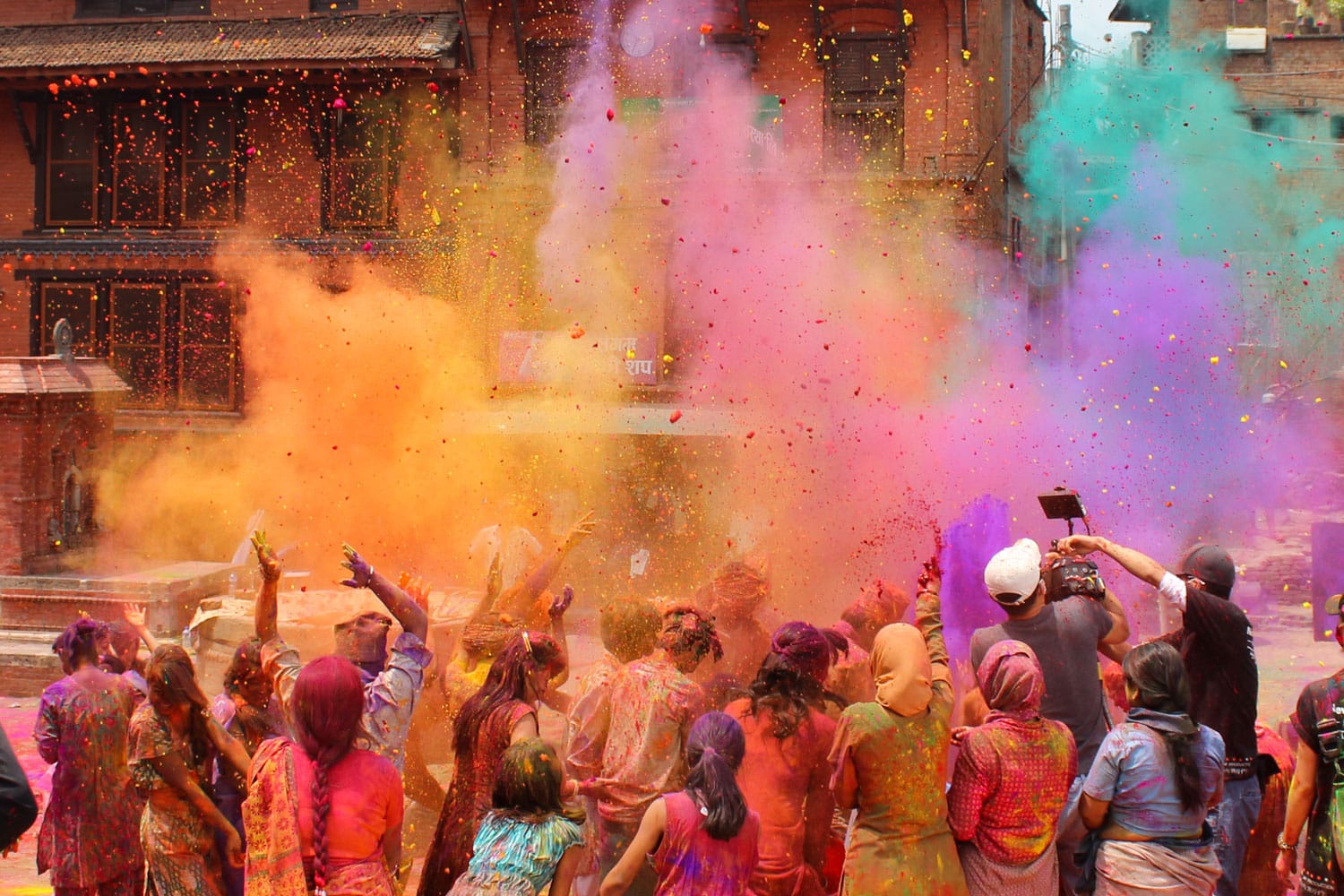
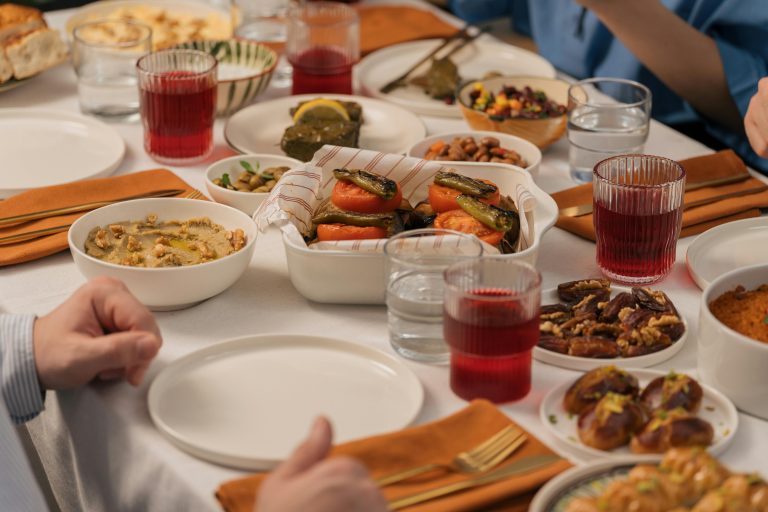

Leave a Comment